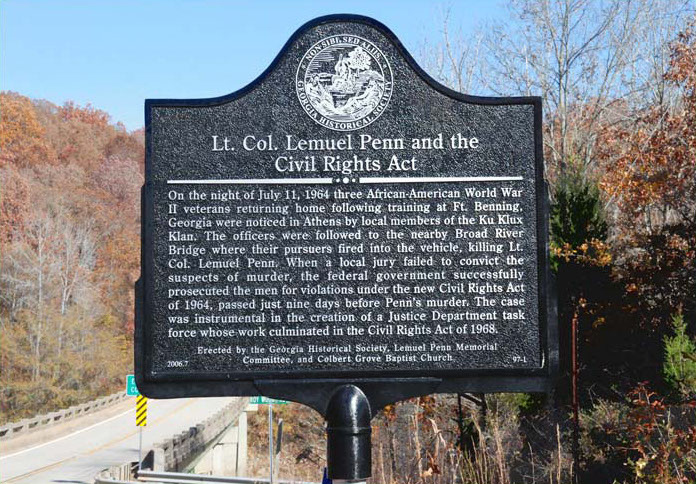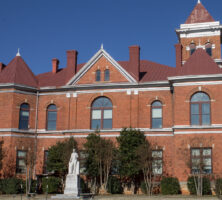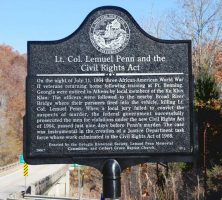Madison County, in northeast Georgia, was created on December 5, 1811, by an act of the state legislature.
Originally inhabited by Creek and Cherokee Indians, the land was gradually ceded during the colonial period to Governor James Wright of Georgia and was organized into two counties—Wilkes and Franklin. Eventually that land was divided into smaller counties, and Madison County was created from portions of Clarke, Elbert, Franklin, Jackson, and Oglethorpe counties. Georgia’s thirty-eighth county was named for James Madison, who was president of the United States at the time of its creation.
According to the 2020 U.S. census, the population of Madison County was 30,120. Incorporated towns in the county are Carlton, Colbert, Comer, Danielsville, Hull, and Ila.
Danielsville, the county seat, was named for General Allen Daniel, a state legislator who played an important role in the creation of the new county. He is also known for ordering the construction of Fort Daniel, in present-day Gwinnett County, during the War of 1812 (1812-15). Settlers in the area were primarily Revolutionary War veterans who had acquired land through land grants. Madison has been primarily an agricultural county for most of its history. In the nineteenth century farmers grew corn, beans, pumpkins, and later cotton and oats. The latter half of the nineteenth century saw the introduction of beef and dairy farming as well. By the 1930s overcultivation of cotton had damaged the soil in much of the county, making it useless for crop farming. Since 2003 agribusiness, particularly poultry production, has dominated the local economy.
Madison County’s most famous native is Crawford Long. Born in Danielsville in 1815, Long was the first physician to use sulfuric ether as anesthesia during surgery. As a young doctor in Jefferson (in neighboring Jackson County) he used the gas in 1842 when he removed a tumor from the neck of James Venable for two dollars.
Besides being the birthplace of Long, Madison County is home to several other historic landmarks. New Hope Presbyterian Church, established in 1788, is Georgia’s third oldest church. The county is also the site of the longest covered bridge in the state. The bridge, which is on the National Register of Historic Places, is located in Watson Mill Bridge State Park, which is shared by Madison and Oglethorpe counties. It was constructed in 1885 by Washington King, the son of a freedman, at a cost of $3,000. Though the bridge was renovated in the early 1970s, the original truss system still supports it. The bridge spans 228.6 feet over the South Fork of the Broad River and is named for Gabriel Watson, who once operated a gristmill several hundred feet downriver from the bridge.
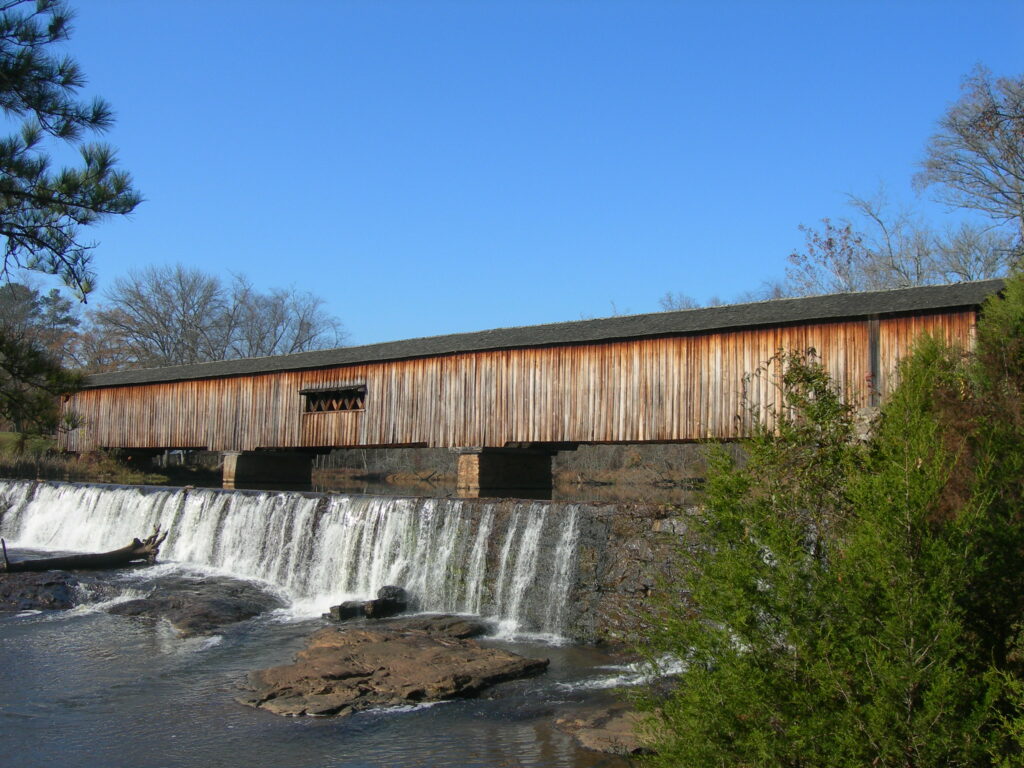
The most recognizable site in Madison County is the old courthouse. Completed in 1901 for $18,314, the brick structure stands in the center of the Danielsville town square. Also listed on the National Register of Historic Places, it is one of Georgia’s most ornate courthouses. It was used continuously as a courthouse and county offices from 1901 until 1996, when officials moved to a more spacious county complex.
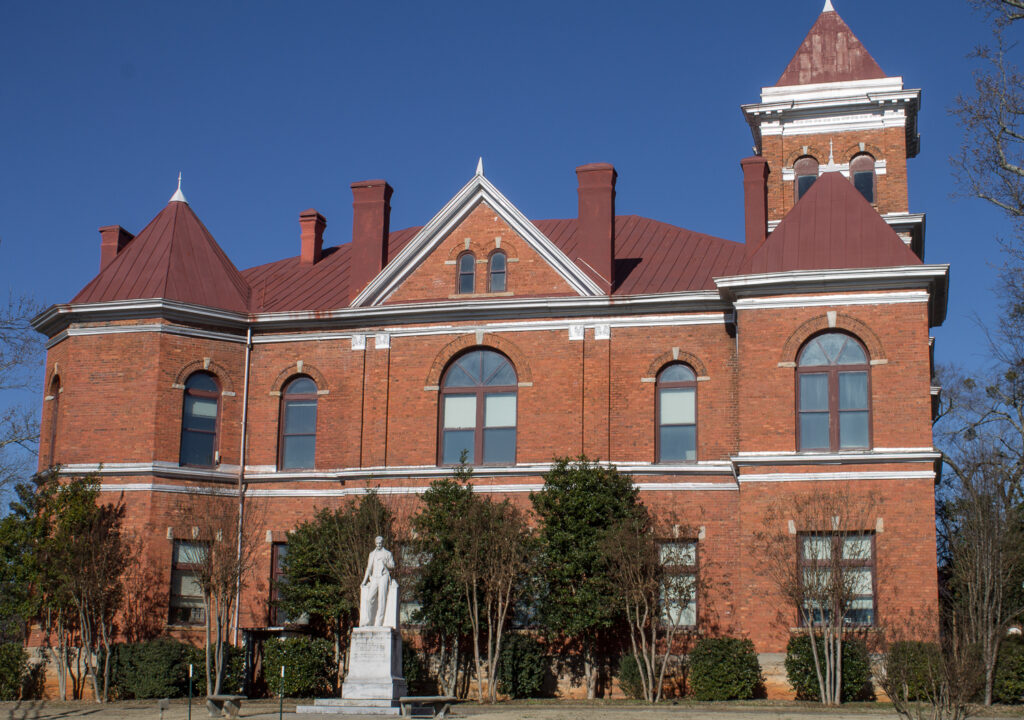
Madison County is also home to Jubilee Partners, a Christian service community located near Comer.








